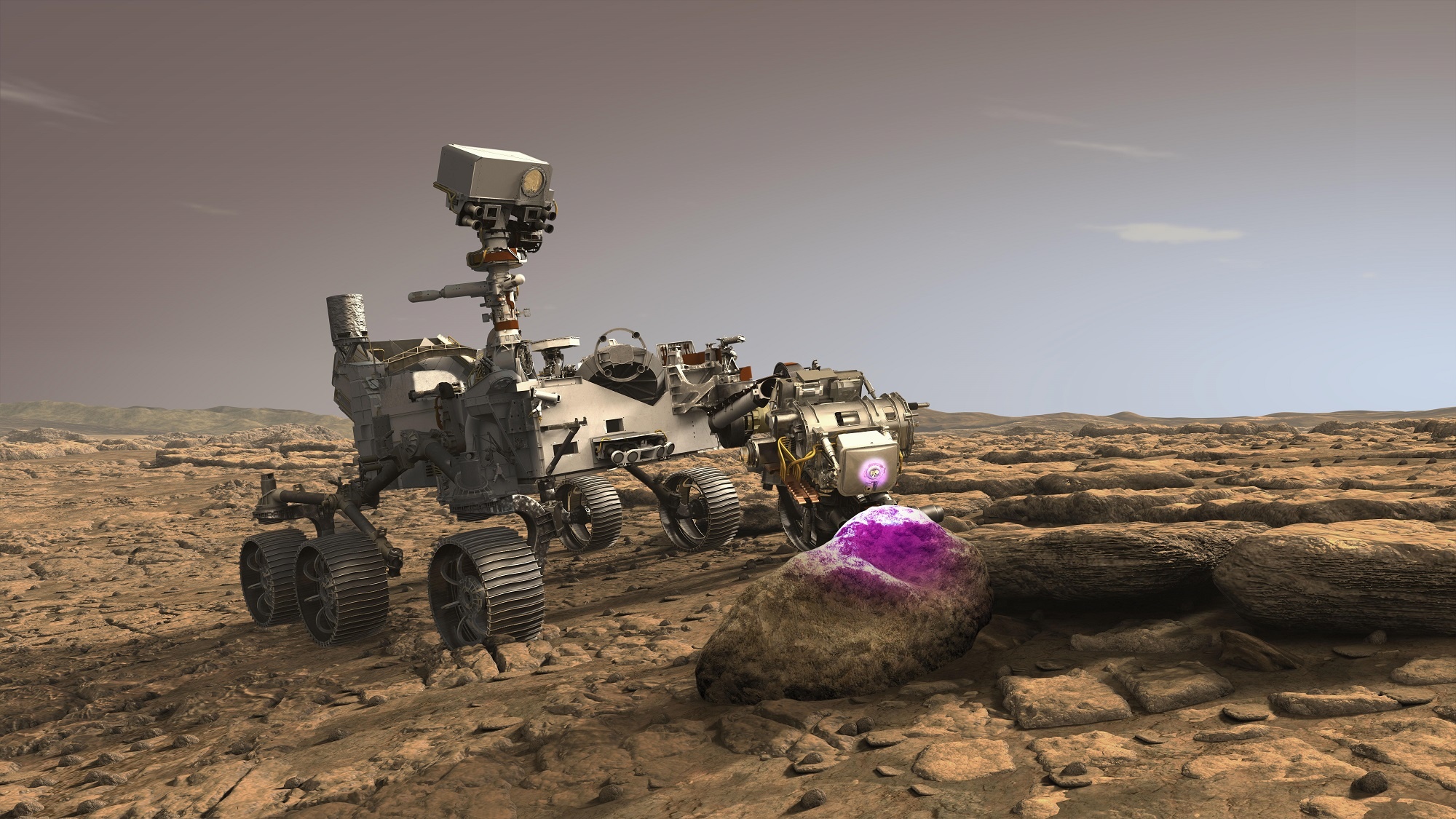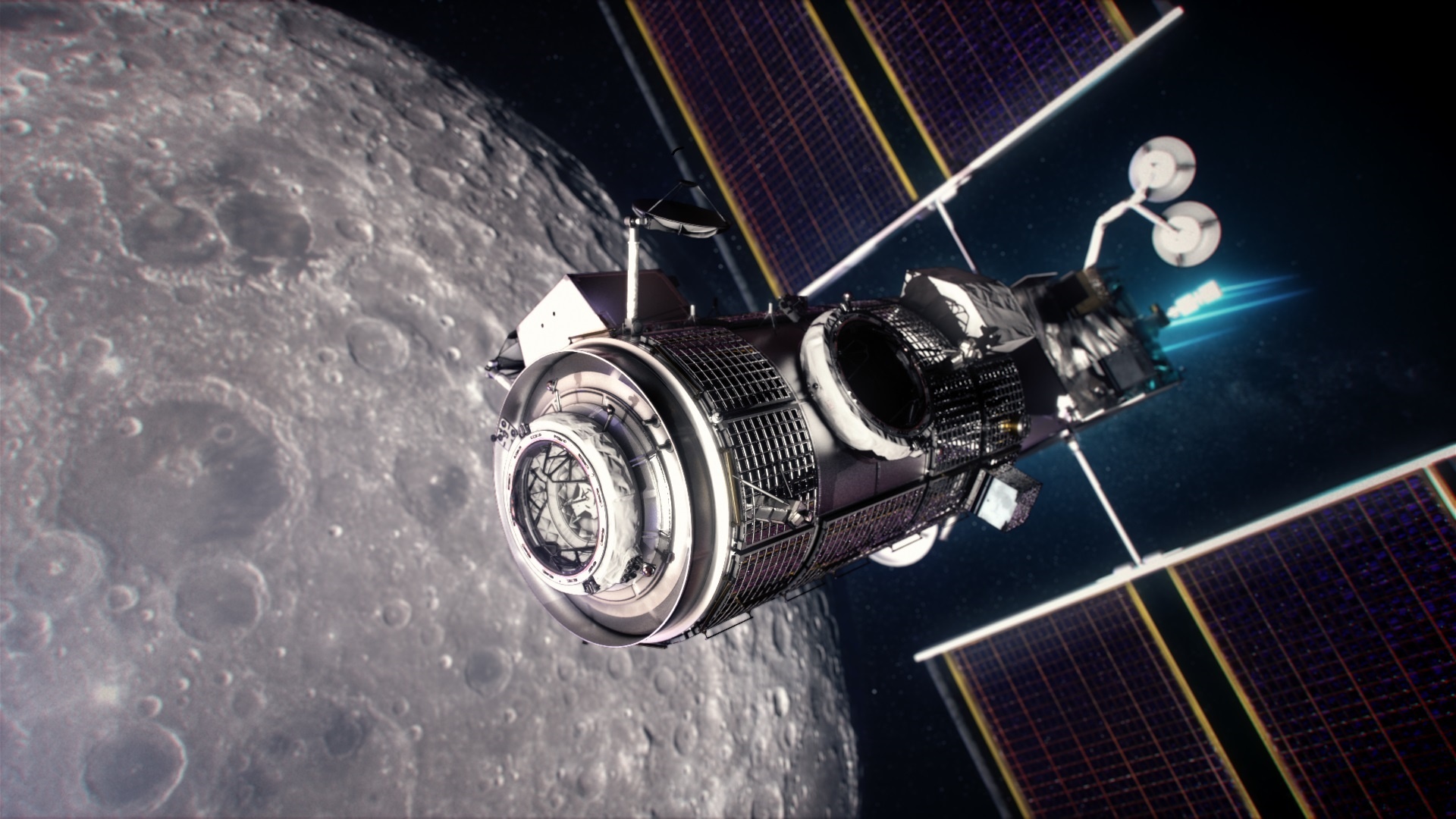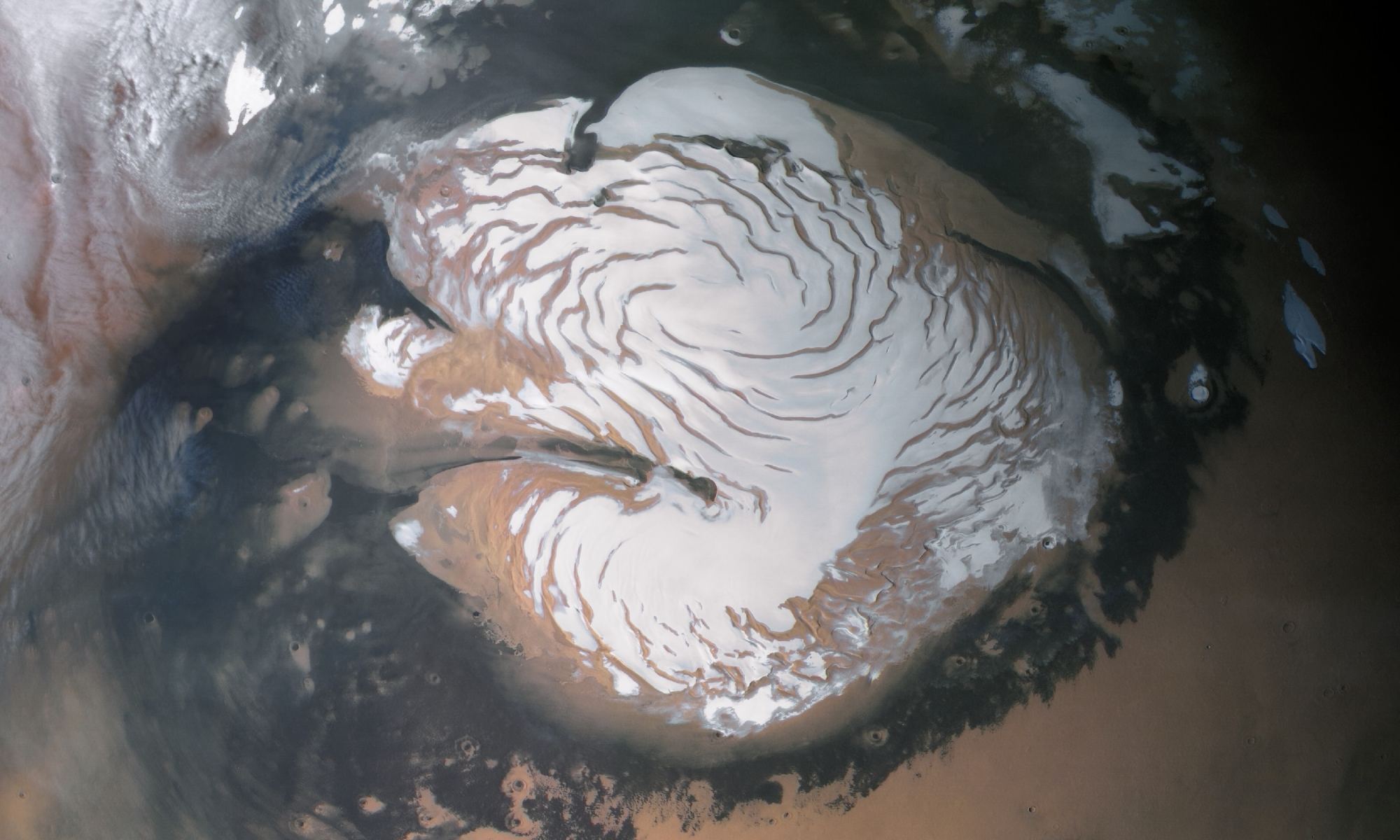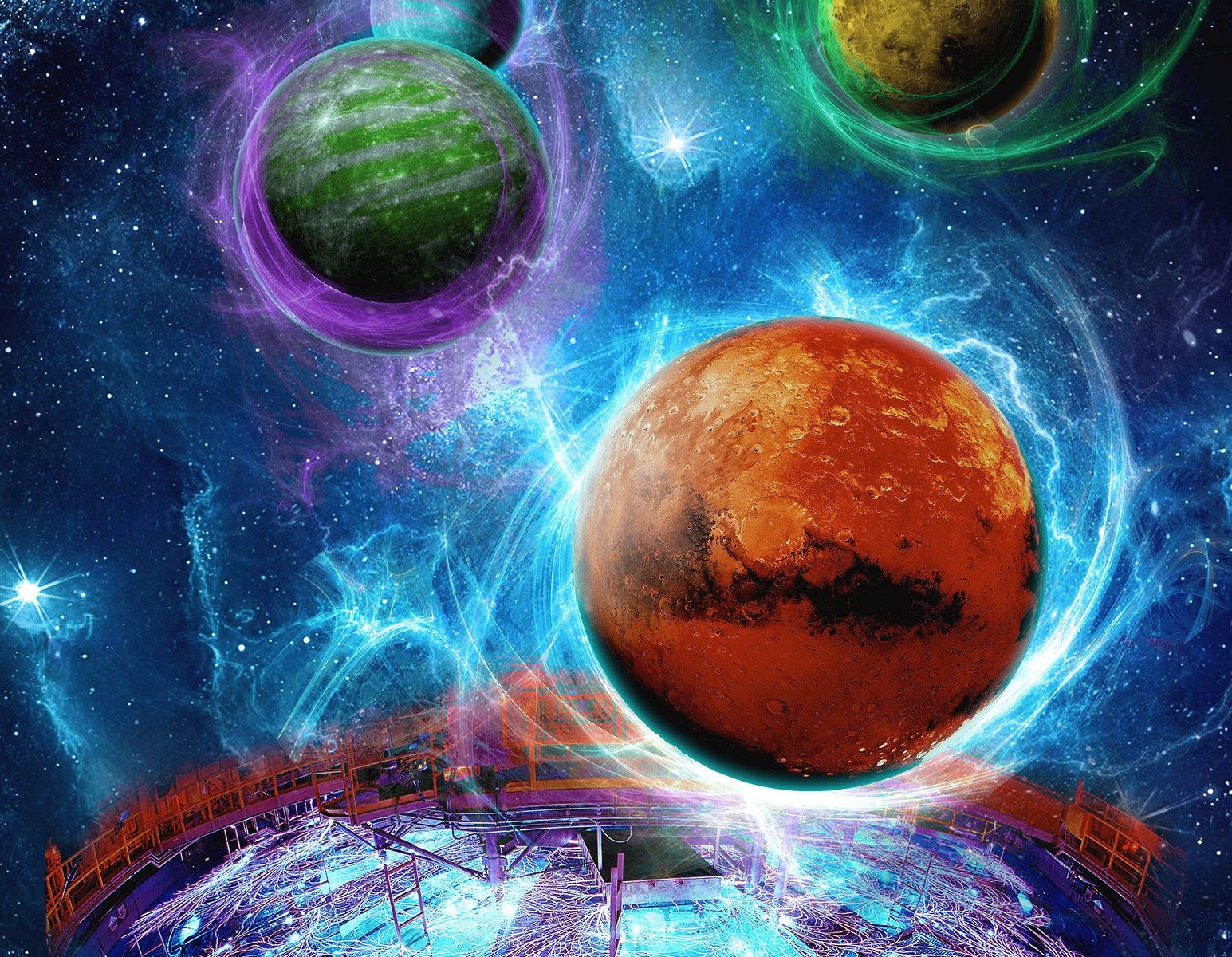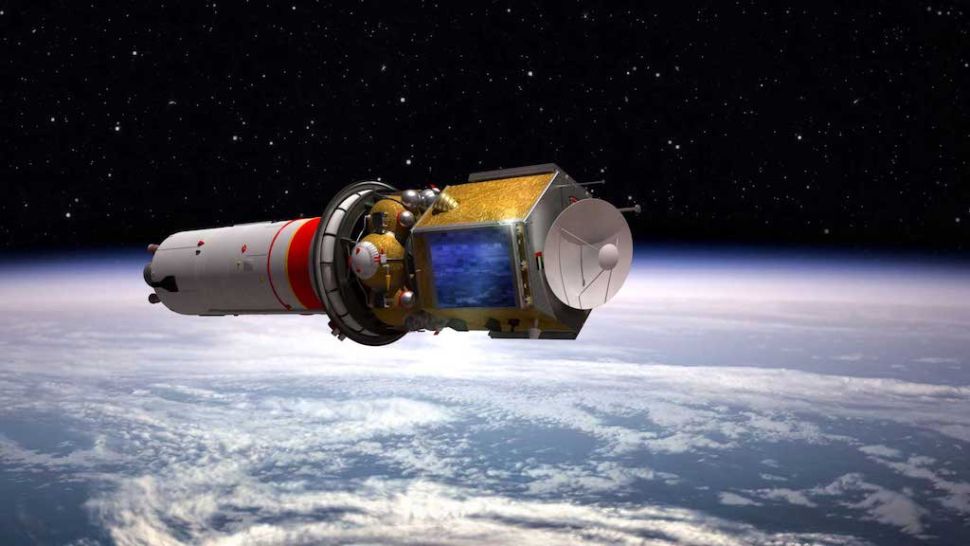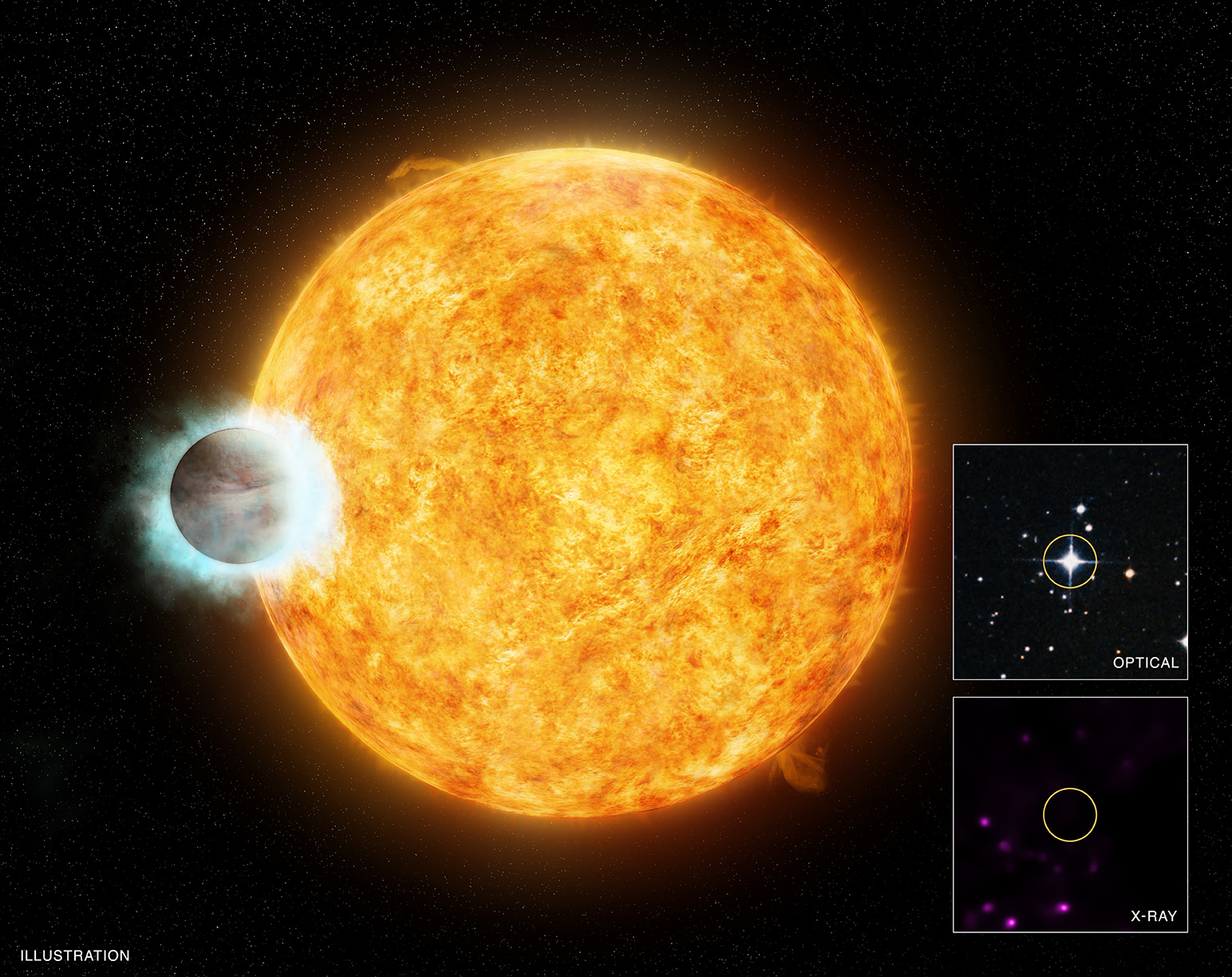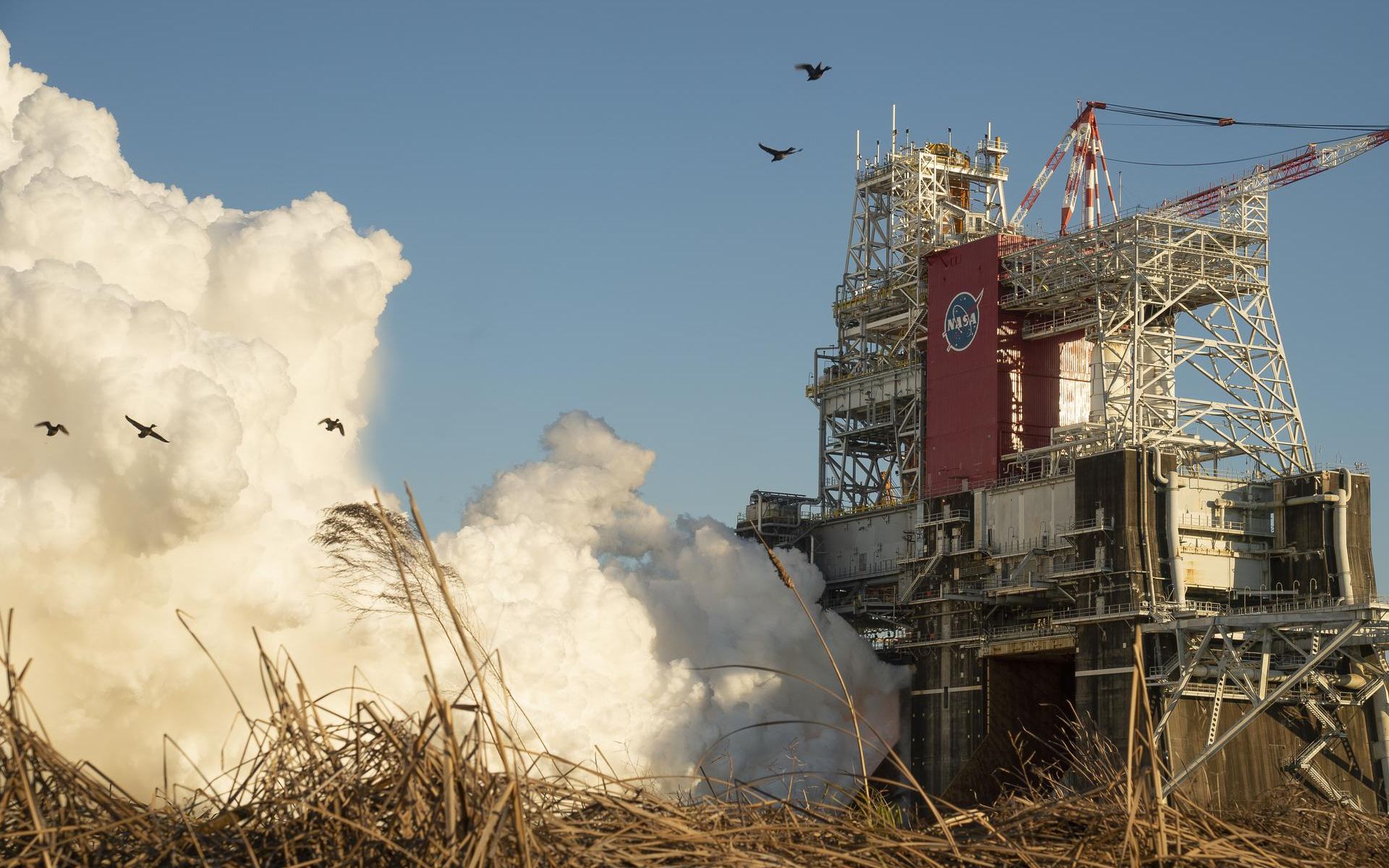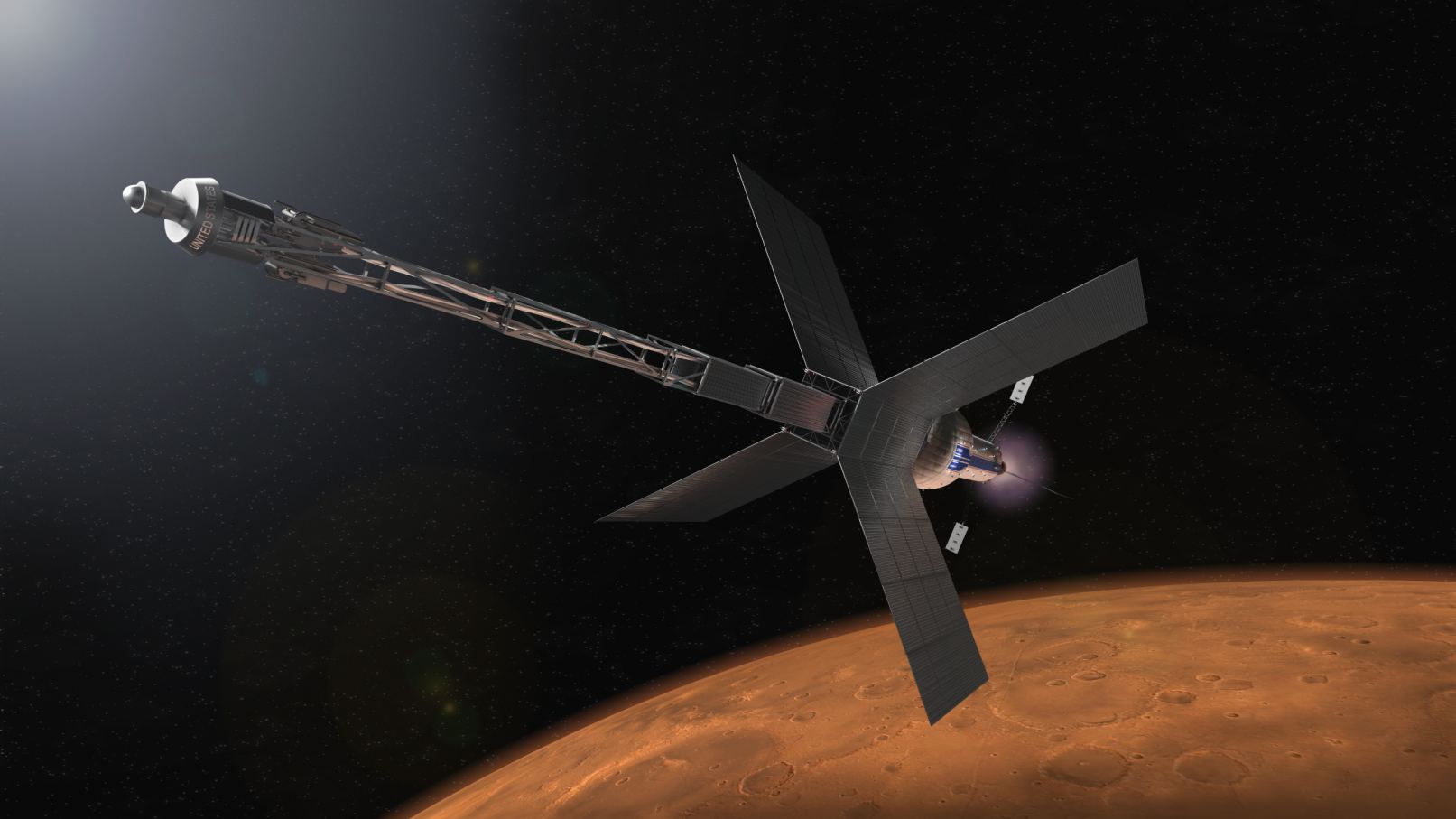When it comes to the private aerospace sector (aka. NewSpace), some names stand out from the rest. The most obvious of these is SpaceX (the brainchild of Elon Musk and the leading source of innovation in commercial space) and the United Launch Alliance (ULA), a joint venture between Boeing and Lockheed Martin. But what of Blue Origin, the private aerospace company created by Jeff Bezos in 2000?
In recent years, Blue Origin has fallen behind the competition and missed out on several billion dollars worth of contracts. But with Bezos stepping down as CEO of Amazon, industry sources have indicated that this could change soon (according to Eric M. Johnson at Reuters). With all of the opportunities available for commercial space, Bezos is now in a position to take a more hands-on role as the company faces a most pivotal year.
Continue reading “Once He Steps Down From Amazon, Jeff Bezos Will be Able to Focus his Energy on Blue Origin”

